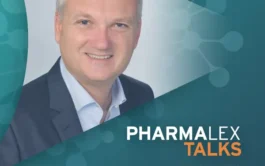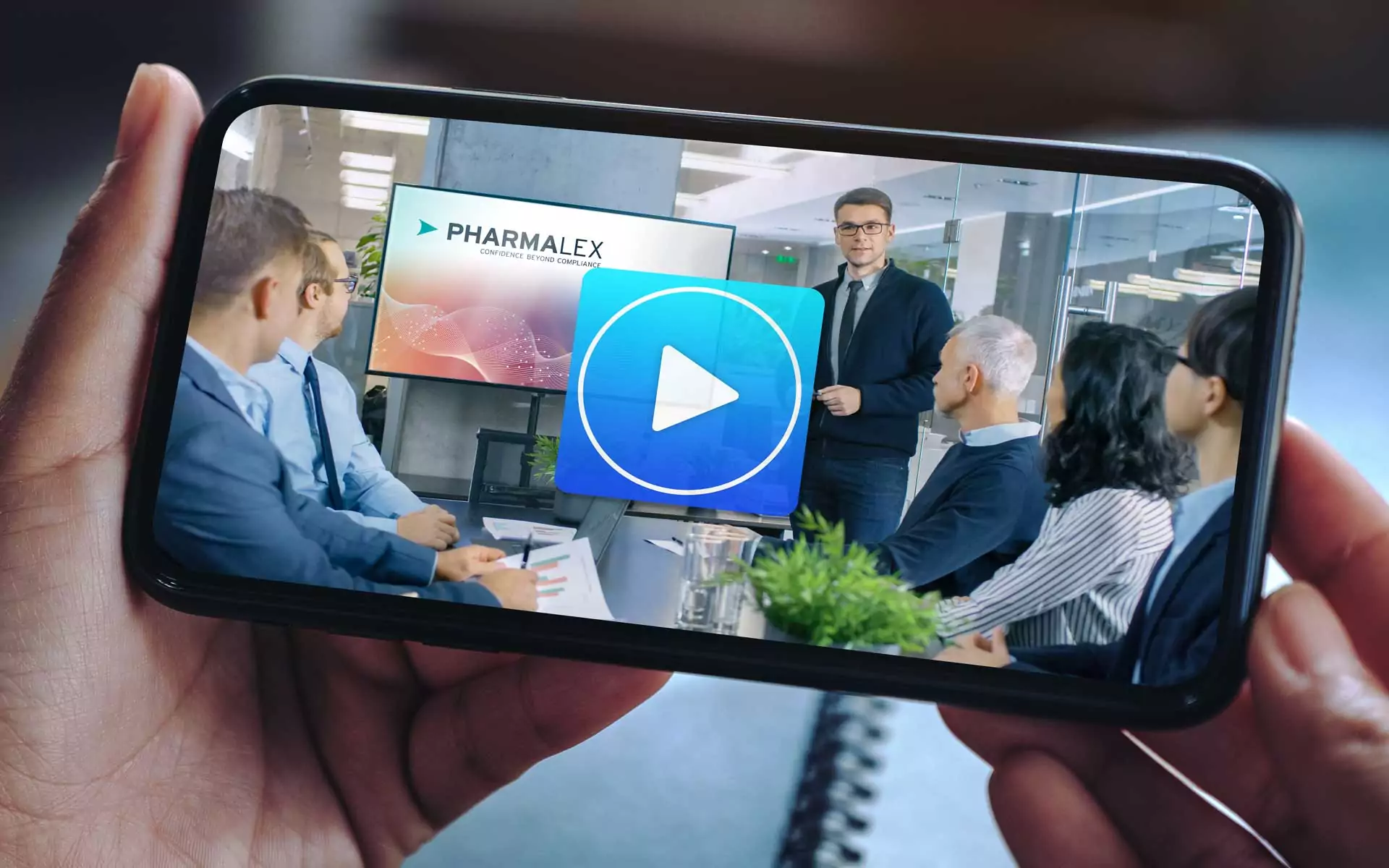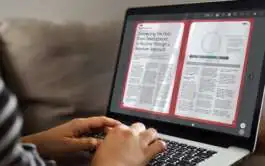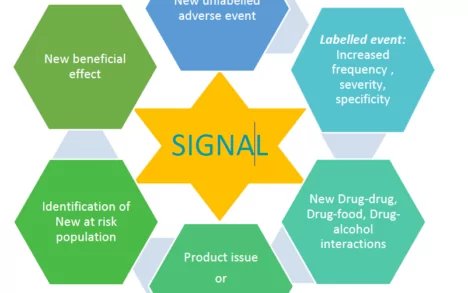As more countries tighten their requirements and increase inspections for pharmacovigilance activities, the demand on the local affiliate has intensified. This has prompted a need for best practices and key learnings to manage local PV requirements. Drawing on our experience in multiple global markets, we explore what those best practices mean from a people, platform and process perspective.
Focus on people at the local level
PV activities need continuous oversight and that means that the local person for PV needs backup to ensure cover for time off as well as staff turnover. To have that 24/7 oversight as explicitly required by health authorities such as the European Medicines Agency[1], onboarding of candidates needs to be quick and straightforward. There should be a handover plan with clear instructions on what is involved and regular training to ensure continuity.
For example, a large company operating in 100 countries will need at least 200 people to ensure those local PV activities are maintained, which will likely mean weekly training and onboarding of local PV people.
Those local PV people must also have the experience to deal with a raft of PV activities, extending beyond conducting literature searches to identify individual case safety reports. They need to be able to manage issues such as risk minimization measures[2], patient support programs[3] and signal detection for other types of products, such as medical devices and cosmetics. Companies can therefore not assign this oversight to junior staff, because whoever handles the local PV role will be the national contact point for the authorities and will need to be able to prepare for and handle regulatory inspections.
The challenge with finding the right candidates for these roles, however, is a scarcity of high-skilled PV people. As a result, many companies are turning to outsourcing partners with the resources to scale up according to local and global needs. This involves leveraging experienced local personnel to manage more intricate PV activities and engage with the local authorities in the local language, while centralizing certain activities – such as literature searches – to gain efficiencies. For some organizations, this may involve fully outsourcing local PV activities, while for others hybrid outsourcing may make more sense – for example, outsourcing some roles in some countries.
Managing local platforms and processes
Most pharmaceutical companies will have a global PV system, but there are always some local components such as local standard operating procedures (SOPs), work instructions or even local guidance. In our experience, those local procedures are often not integrated in the company quality management system (QMS). It’s important to make sure that local procedures are relevant, validated and compliant or assess their potential for harmonization with global processes.
All of this requires having a training matrix – typically used to plan, track and manage training – that includes the local qualified person for pharmacovigilance (LQPPV) curriculum training for both internal and external PV personnel.
It is important to emphasize this last point, since it should not matter whether a company outsources or handles its local PV activities internally – access to training should be made available to anyone. Integrating external contractors into the company’s workforce and providing them with the same training and support helps to ensure local PV activities are not siloed.
One challenge at the local level is the use of different Excel trackers to manage local PV activities. Each affiliate might have four different local PV workstreams with a tracker for each activity. If the company is in 100 countries, that may result in as many as 400 trackers, all archived in different country folders. This is not sustainable or efficient.
Instead, companies should consider having a single validated digital platform to manage the entire local pharmacovigilance system, making it easier to track and manage data. A single platform will also allow companies to start automating certain activities, such as creating a consolidated PV report into how many cases there are in each country. This would provide the EU QPPV with insight into what is going on in all EU markets. This is important since the QPPV is responsible for establishing and maintaining the marketing authorization holder’s PV system[4].
Addressing local concerns and expectations
When companies choose to outsource local PV services, it is important they allow time for communicating intentions to the local affiliates. Often, affiliates will have used local consultants with whom they have developed good working relationships. Change management programs are needed that ensure affiliates are included in conversations and understand the reasoning for using a particular service provider.
Equally, the service provider needs to know which roles and activities they will be responsible for, and which activities will be carried out internally or by other vendors. Without this clarity, the new outsourcing partner will not be able to effectively implement local PV services. It is therefore the responsibility of the headquarters to convince the affiliate of the need to delegate or outsource certain activities and to gain their agreement.
Preparing the local affiliate
There is increased appetite within the industry to consolidate outsourced PV activities under a single service provider rather than have different vendors in each country. While this has the potential to streamline processes and bring greater efficiencies, it is important that companies take time to prepare local affiliates, establish adequate training, gain buy-in at the local level and adopt processes that ensure external resources are fully integrated into the organization.
About the author:
Alex Brenchat, Ph.D., is Vice President, Practice Area Lead, Local Affiliate Pharmacovigilance Services (LPVS). Alex has more than 20 years of experience in the pharmaceutical industry, including in pre-clinical and clinical research, publishing scientific articles, as well as supporting posters and patents for innovative pharmaceutical products.
[1] Information on the Member States requirement for the nomination of a pharmacovigilance (PhV) contact person at national level – Human medicines requirements, EMA. https://www.ema.europa.eu/en/documents/other/information-member-states-requirement-nomination-pharmacovigilance-phv-contact-person-national-level_en.pdf
[2] Guideline on good pharmacovigilance practices (GVP); Module XVI – Risk minimisation measures. HMA and EMA. https://www.ema.europa.eu/en/documents/regulatory-procedural-guideline/guideline-good-pharmacovigilance-practices-gvp-module-xvi-risk-minimisation-measures-rev-3_en.pdf
[3] Management of safety data from Patient Support Programmes (PSPs) and Market research Programmes (MRPs), 2013, EMA presentation. https://www.ema.europa.eu/en/documents/presentation/presentation-management-safety-data-patient-support-programmes-psps-and-market-research-programmes-mrps-gilles-touraille_en.pdf
[4] Directive 2010/84/EU amending Directive 2001/83/EC, Article 104, December 2010. https://eur-lex.europa.eu/LexUriServ/LexUriServ.do?uri=OJ:L:2010:348:0074:0099:EN:PDF








